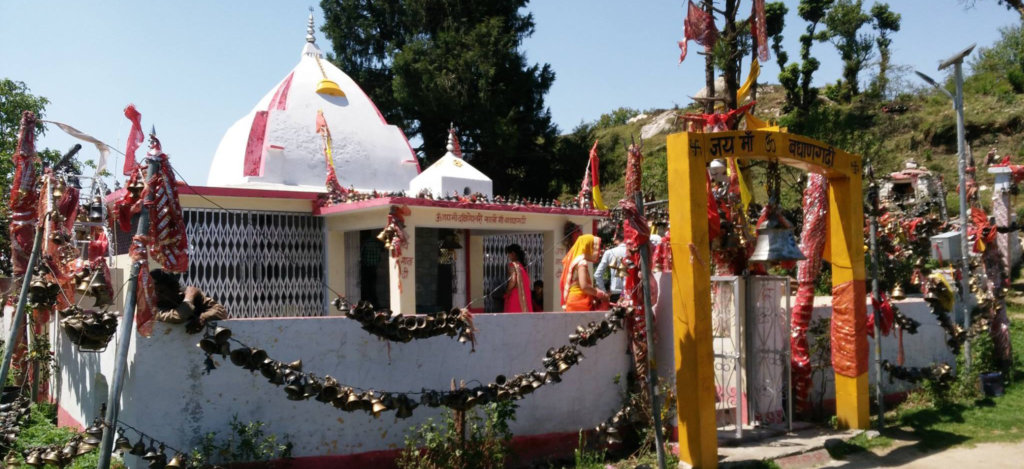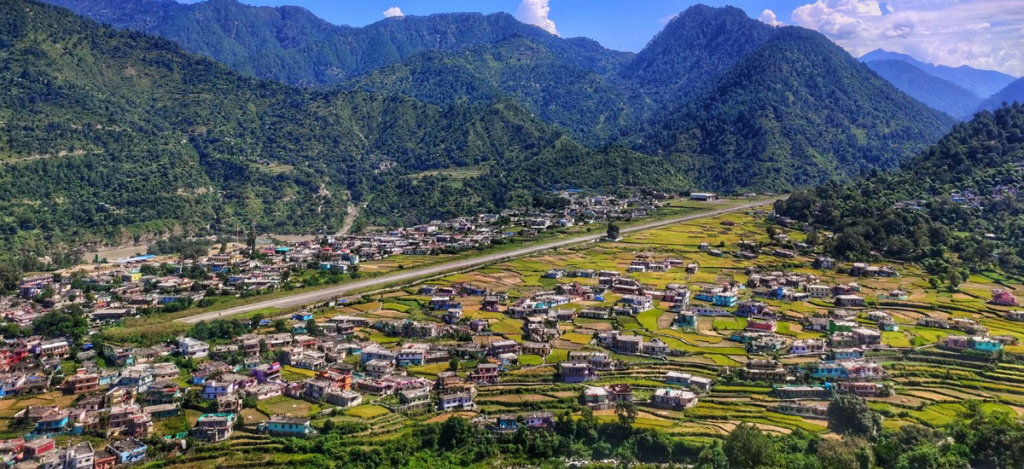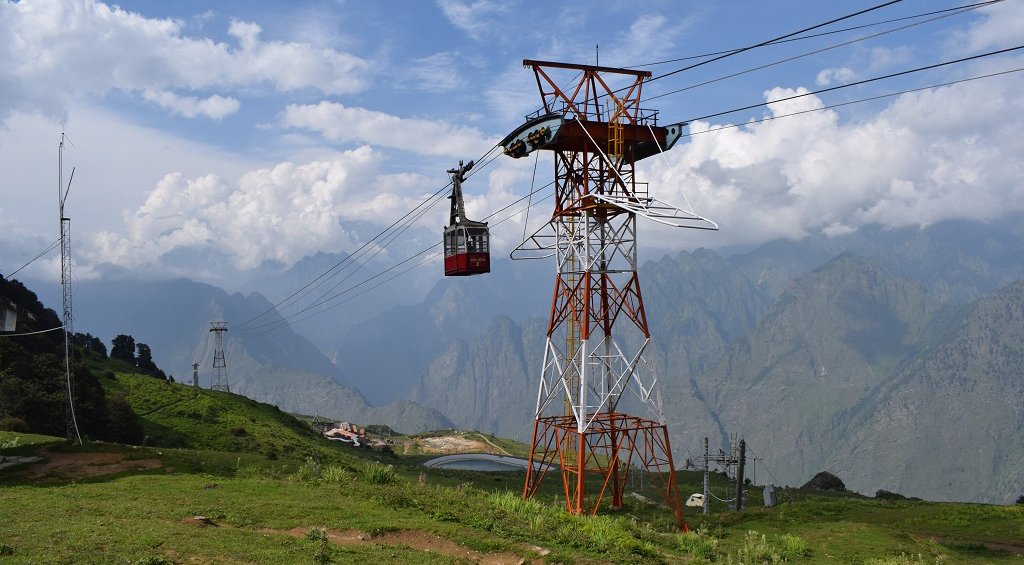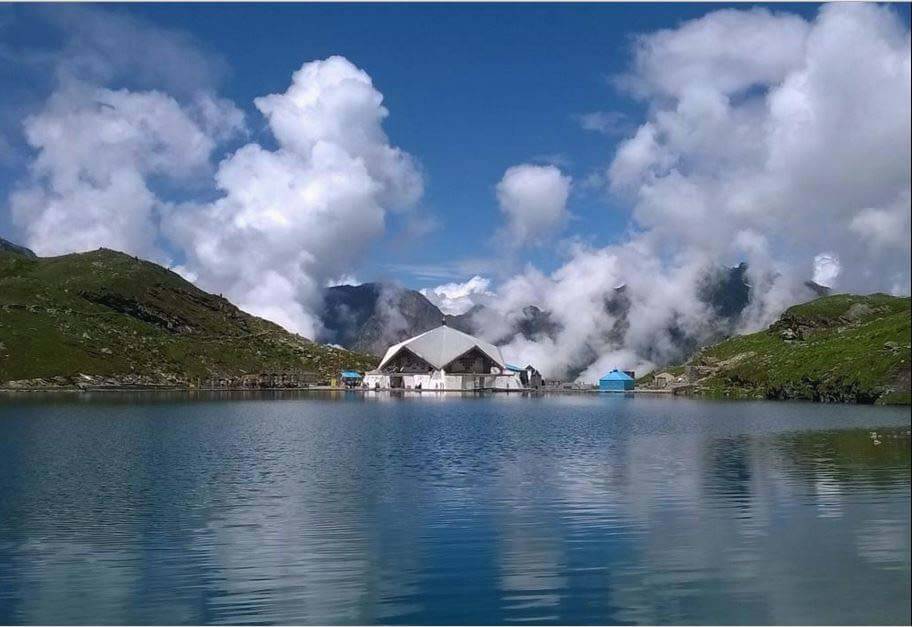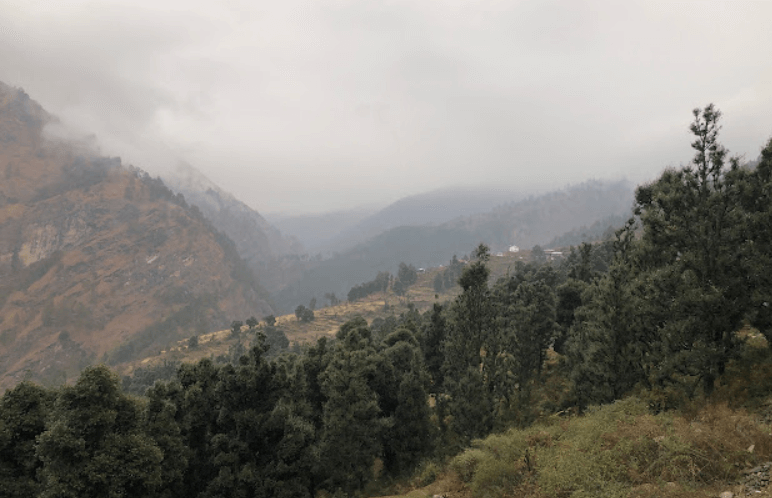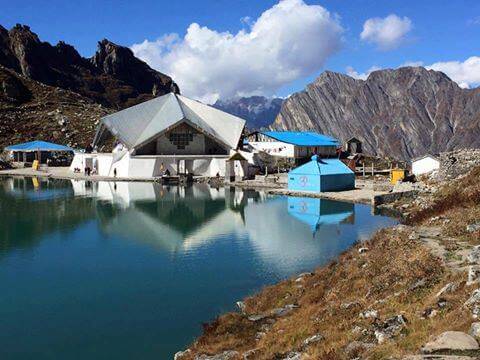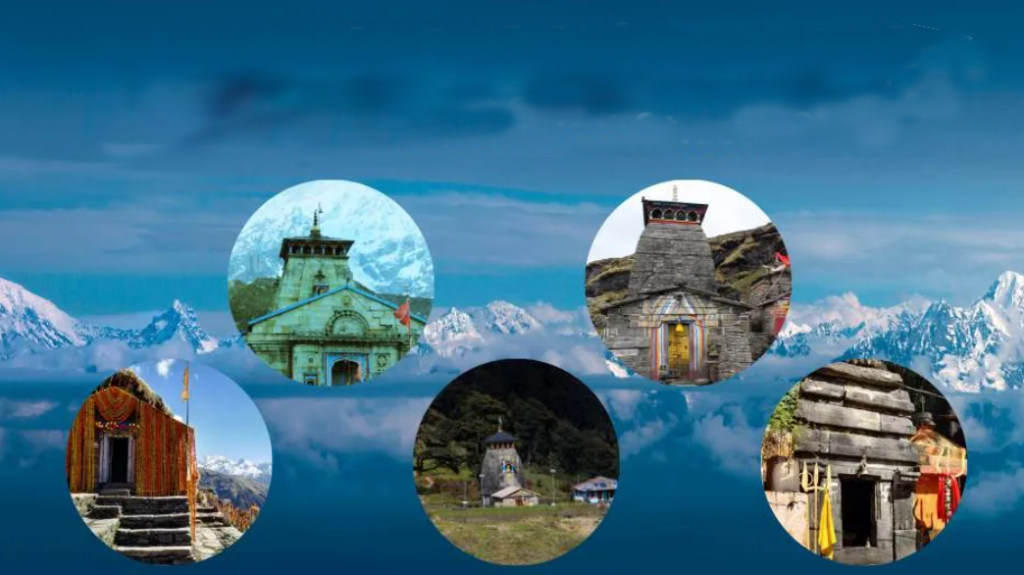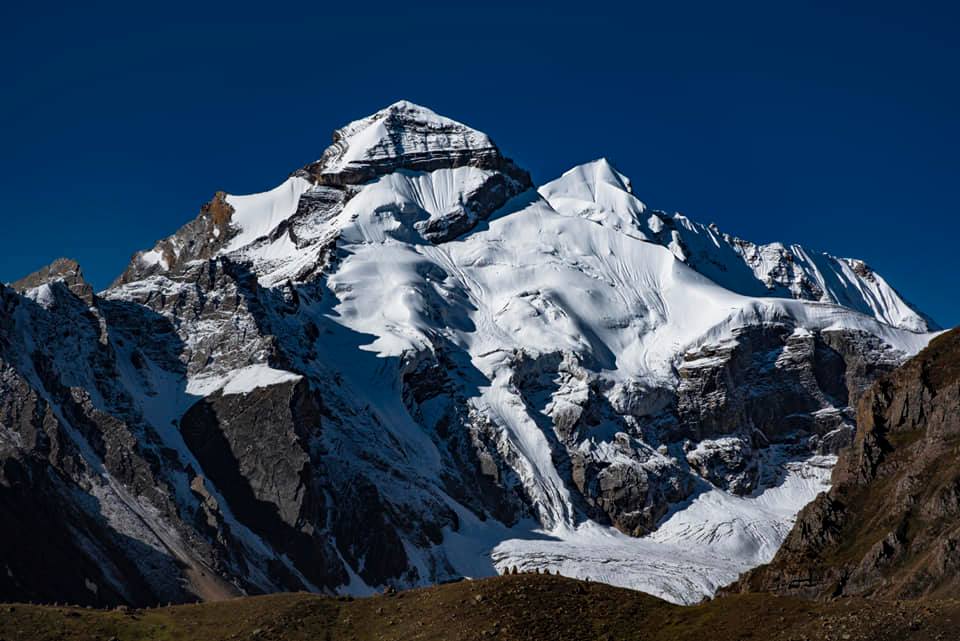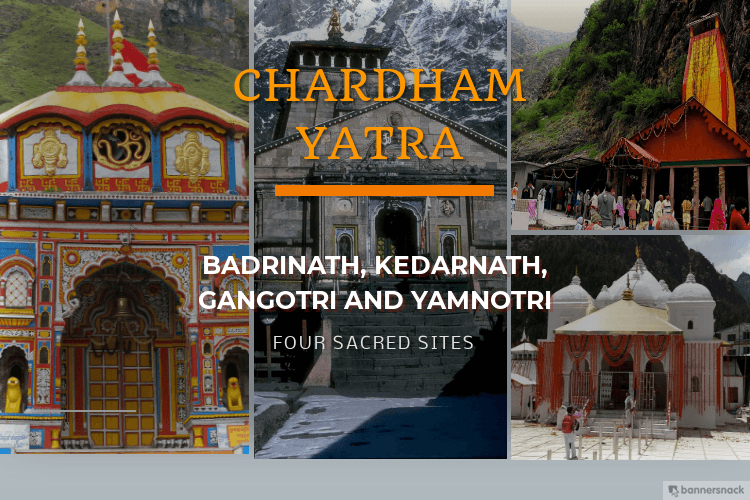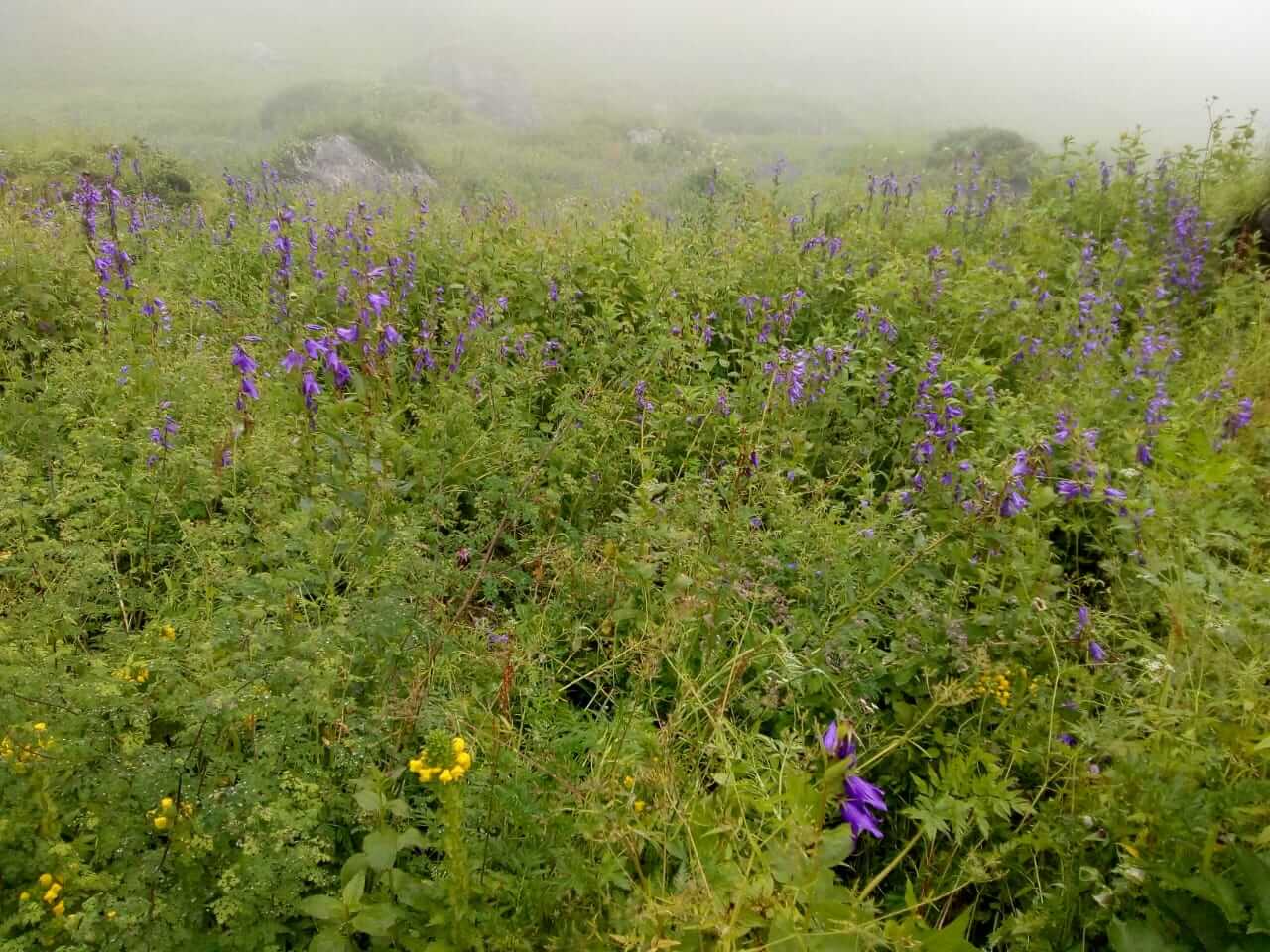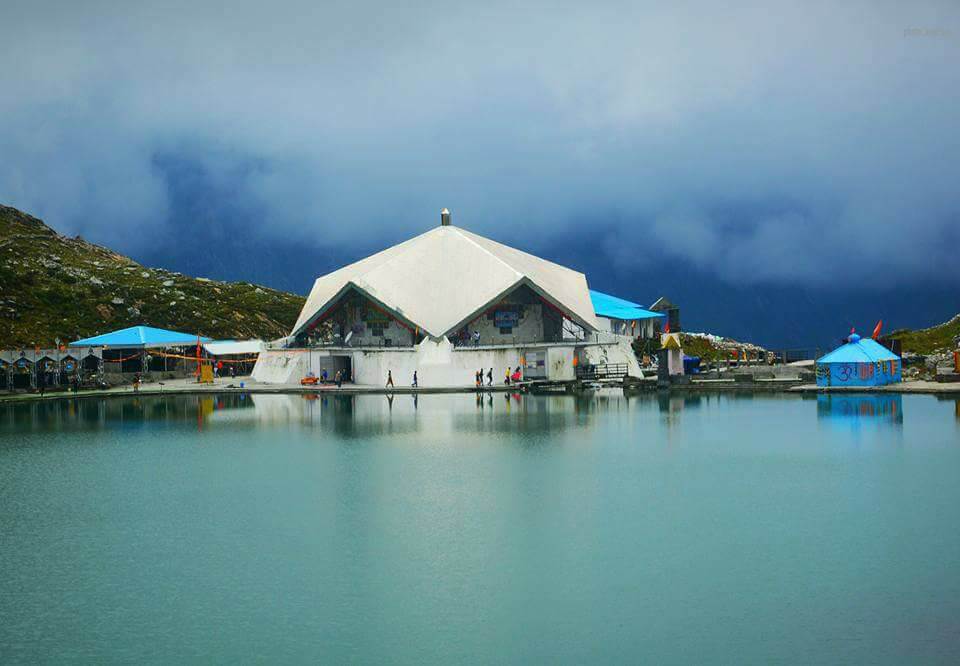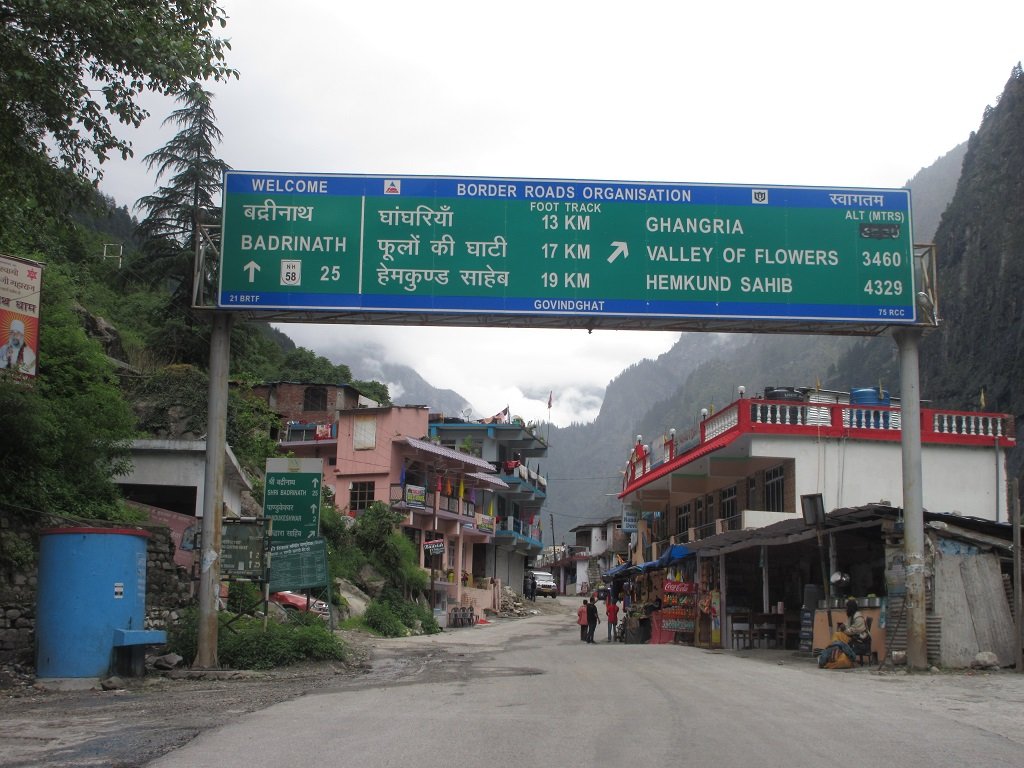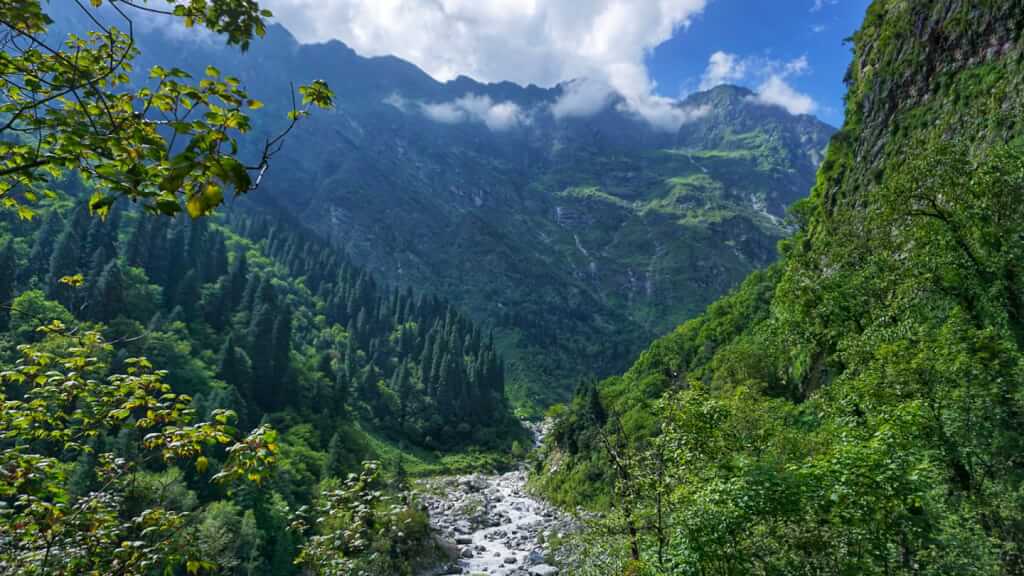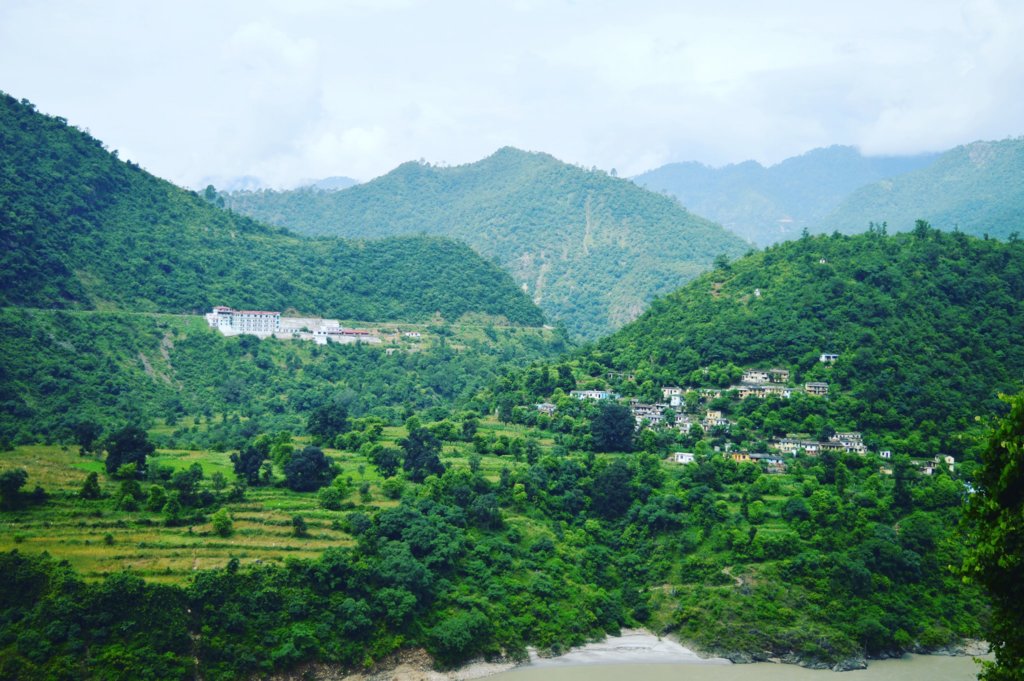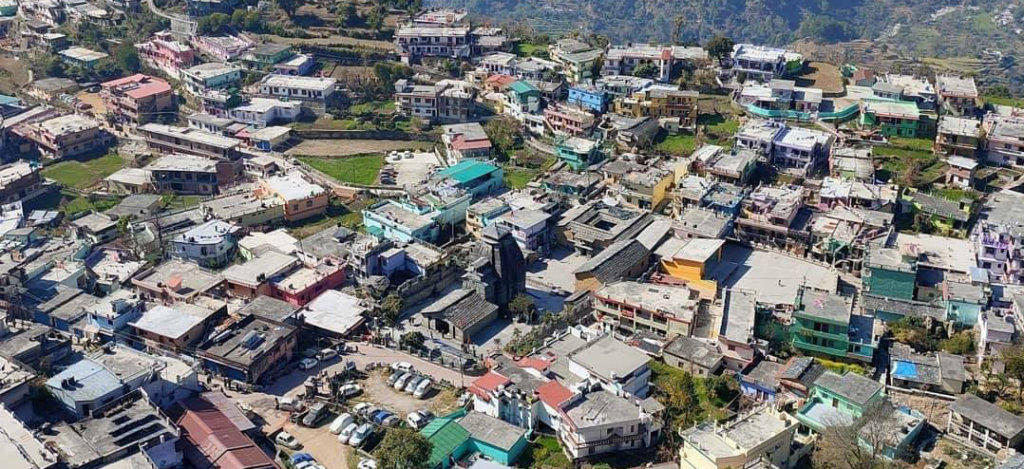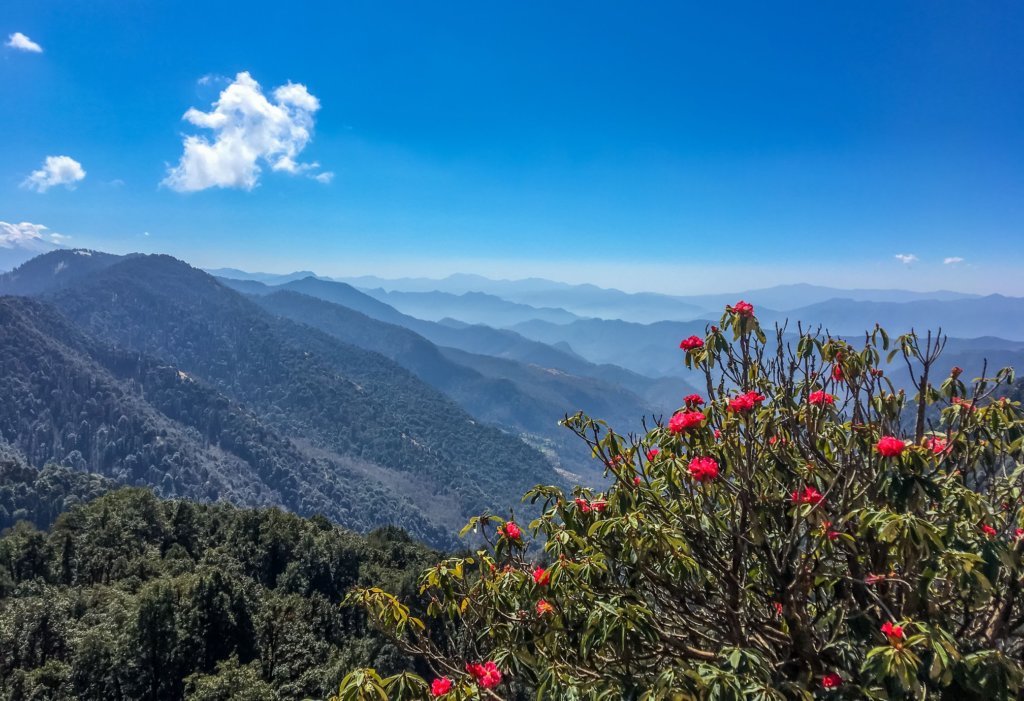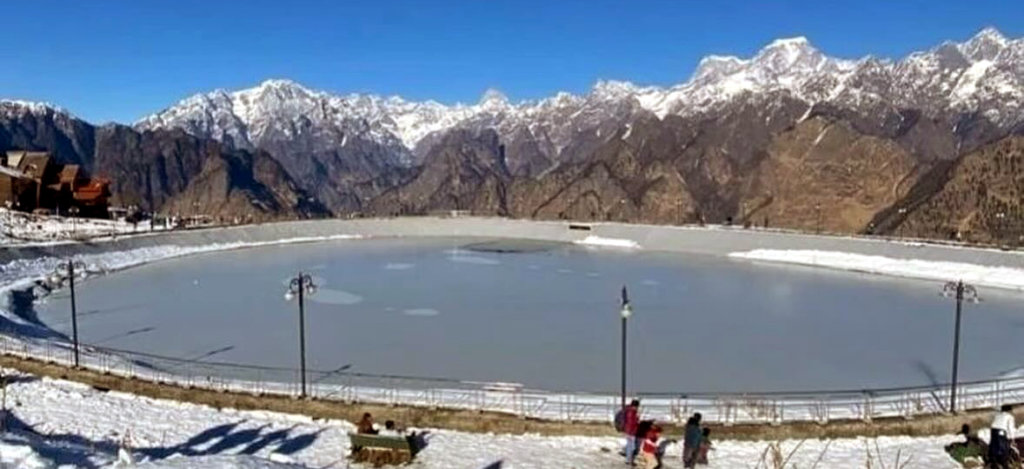Valley of Flowers Trekking Package
The Valley of Flowers National Park is a UNESCO World Heritage Site nestled in the Chamoli district of Uttarakhand, India. It’s renowned for its stunning meadows adorned with a variety of alpine flowers, making it a haven for nature lovers and botanists. This picturesque valley remained relatively unknown until its discovery by mountaineers Frank Smythe and R.L. Holdsworth in 1931.
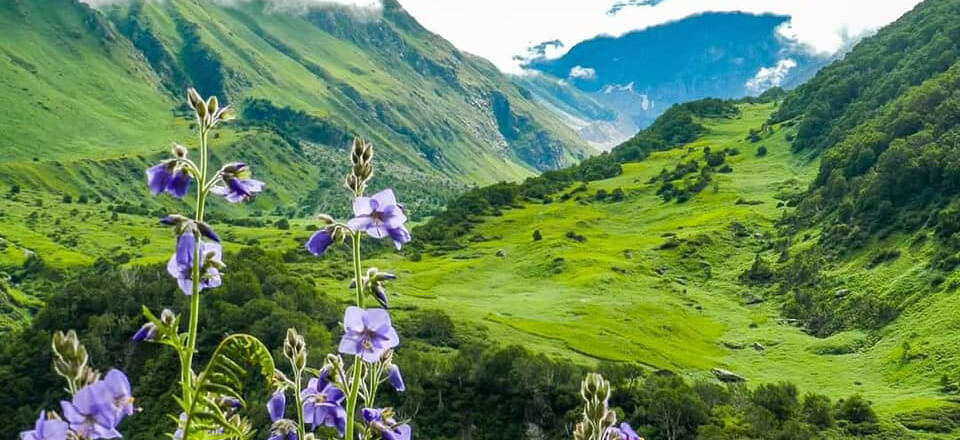
| Location | Chamoli |
| Famous For | UNESCO Site, Trekking, Flora and Fauna |
| Altitude | 3500 mts |
| Total Trekking | 17 km. From Govindghat |
| Nearest Railway Station or Airport | Rishikesh 273kms/ Jolly grant 290kms |
| Best time to visit | May, Jun, Jul, Aug, Sep, Oct, Nov, |
Activities In Valley Of Flowers
- Trekking: The valley is accessible only by foot, so trekking is the primary activity. The trek starts from Govindghat and involves a moderate level of difficulty. The trail offers breathtaking views of the Himalayas and surrounding landscapes.
- Photography: The picturesque landscapes and diverse flora provide incredible photo opportunities. Capture the vibrant flowers, cascading waterfalls, and panoramic views.
- Bird Watching: The area is home to various species of birds. Keep an eye out for Himalayan Monal, Snow Partridge, and other Himalayan avian species.
- Enjoying the Scenery: Take time to simply soak in the beauty of the valley. Sit by the streams, listen to the sounds of nature, and marvel at the surrounding mountains.
History of Valley of Flowers
The valley remained relatively unknown to the outside world until 1931 when British mountaineers Frank Smythe, Eric Shipton, and R.L. Holdsworth accidentally stumbled upon it while returning from an expedition to Mount Kamet. Enchanted by the valley’s stunning beauty and the array of colorful flowers, they named it the “Valley of Flowers.”
Following its discovery, the Valley of Flowers gained recognition for its unique ecosystem and was declared a national park in 1982. In 2005, it was inscribed as a UNESCO World Heritage Site due to its outstanding natural beauty, biodiversity, and ecological significance.
Mythology Facts:-Locals have long revered the valley, considering it a sacred place associated with Hindu mythology. According to local beliefs, it is where Hanuman, the monkey god, collected the Sanjeevani herb to revive Lakshmana, Lord Rama’s brother, during the epic Ramayana.
Valley of Flowers Image

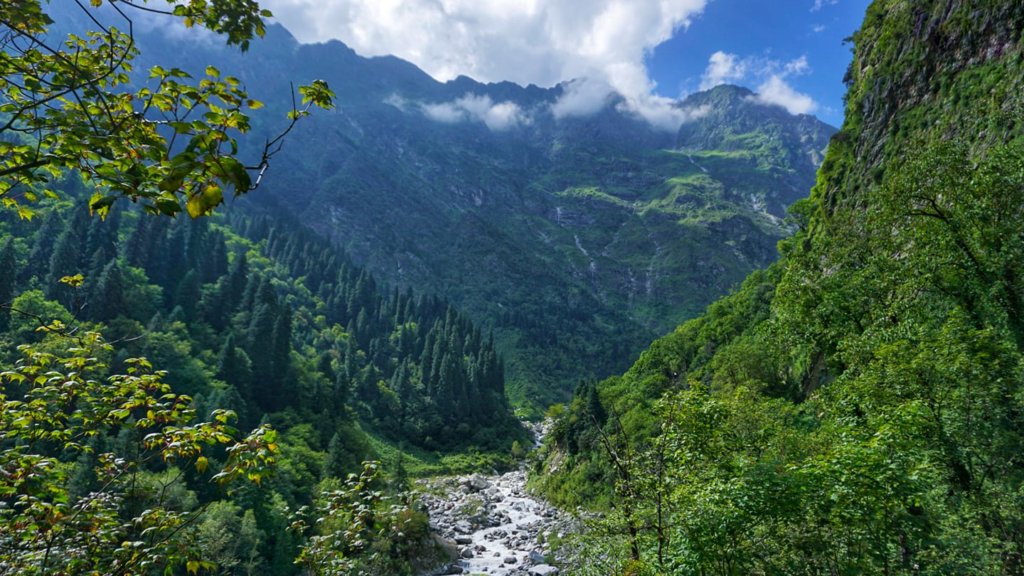
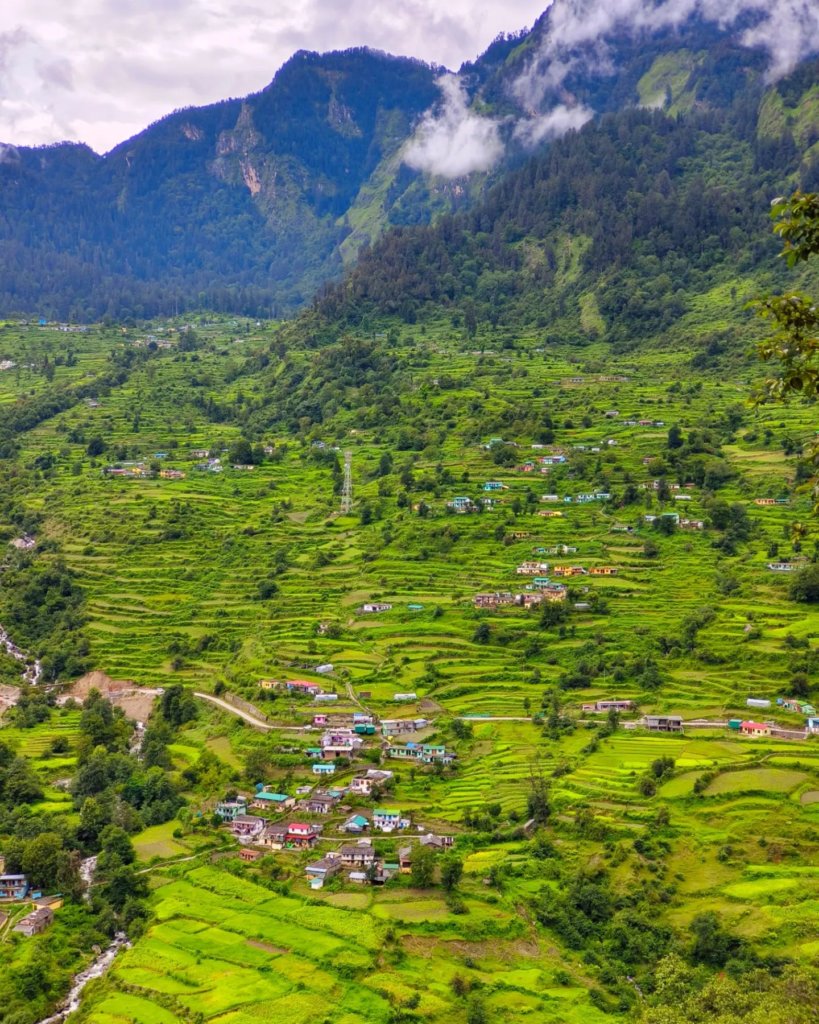
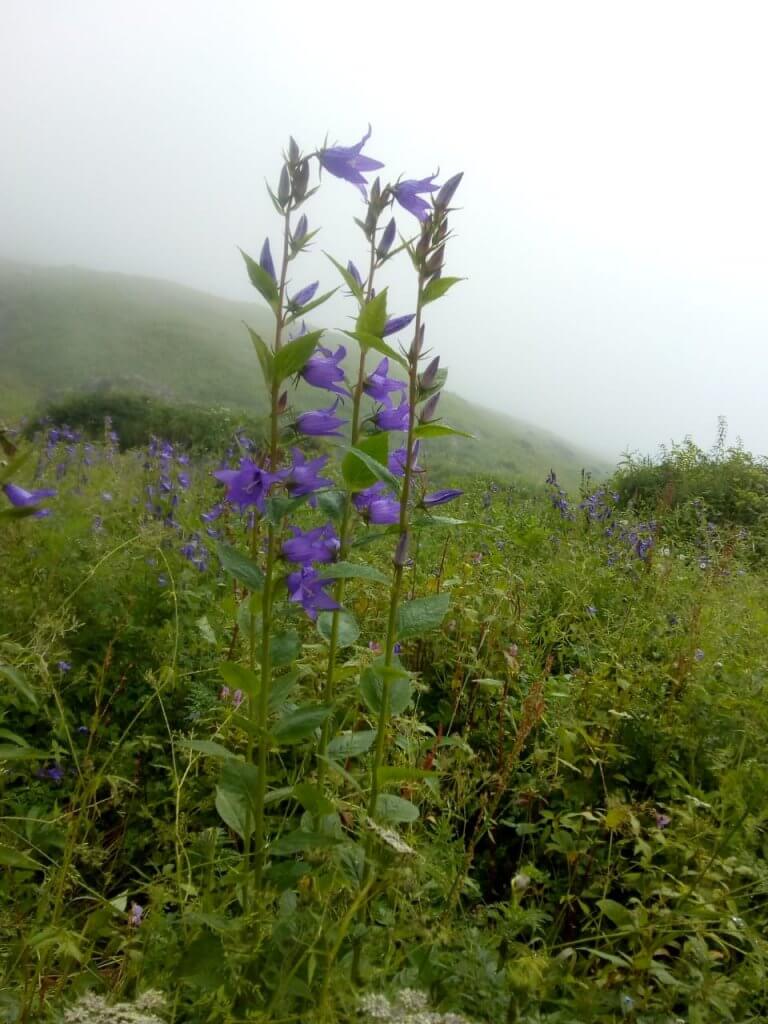
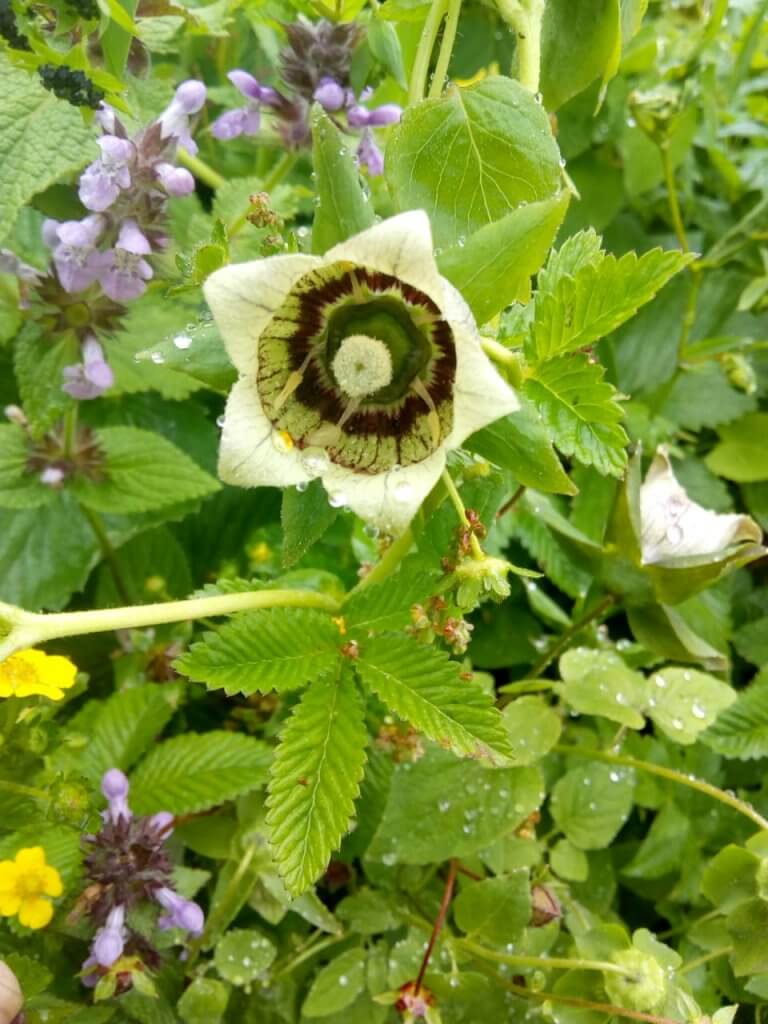
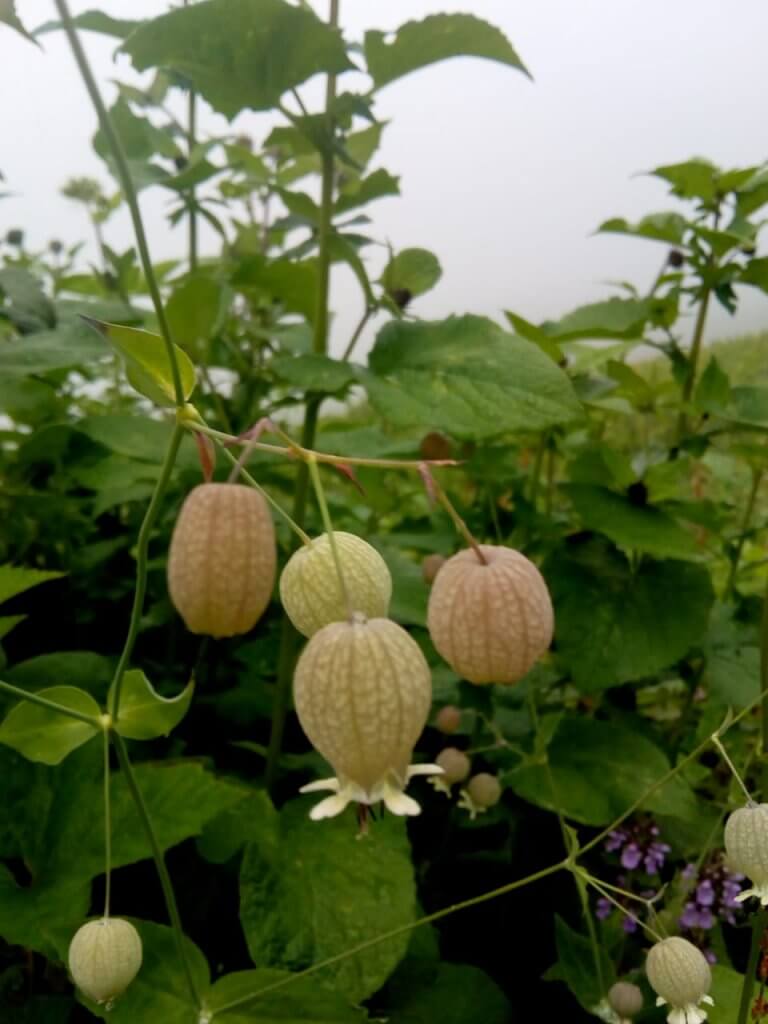
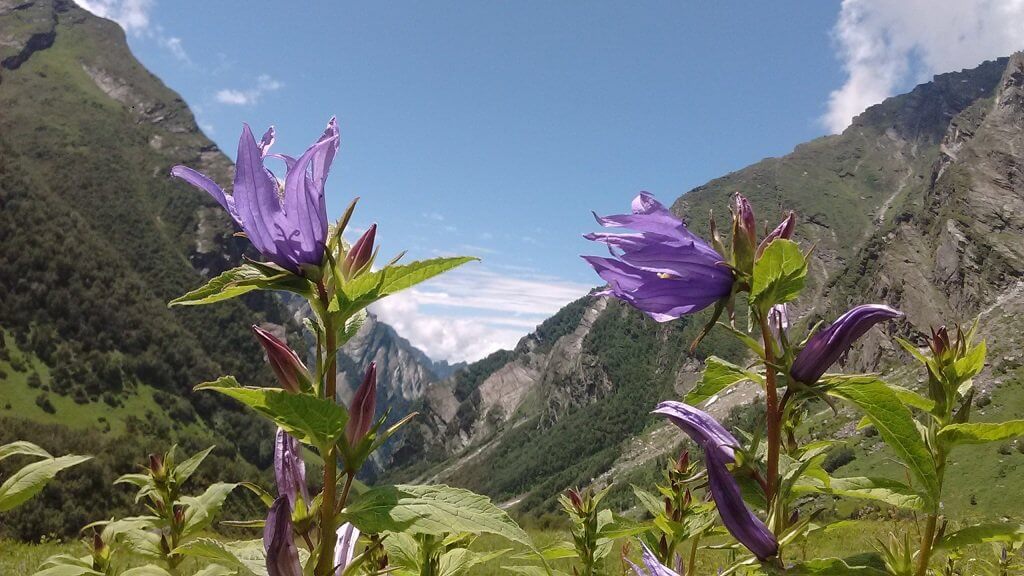
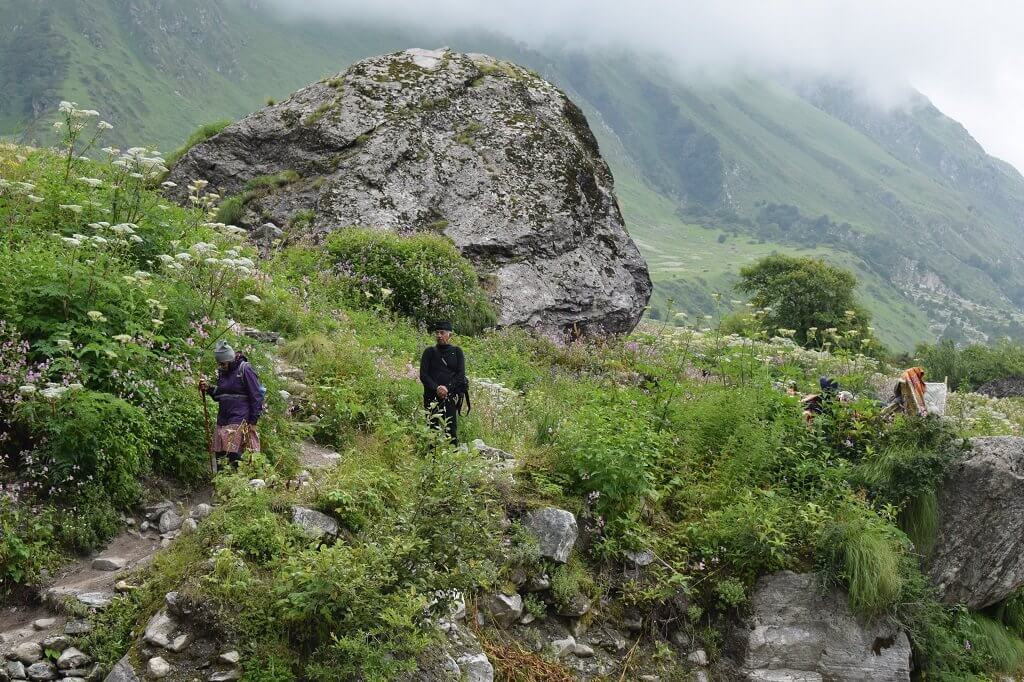
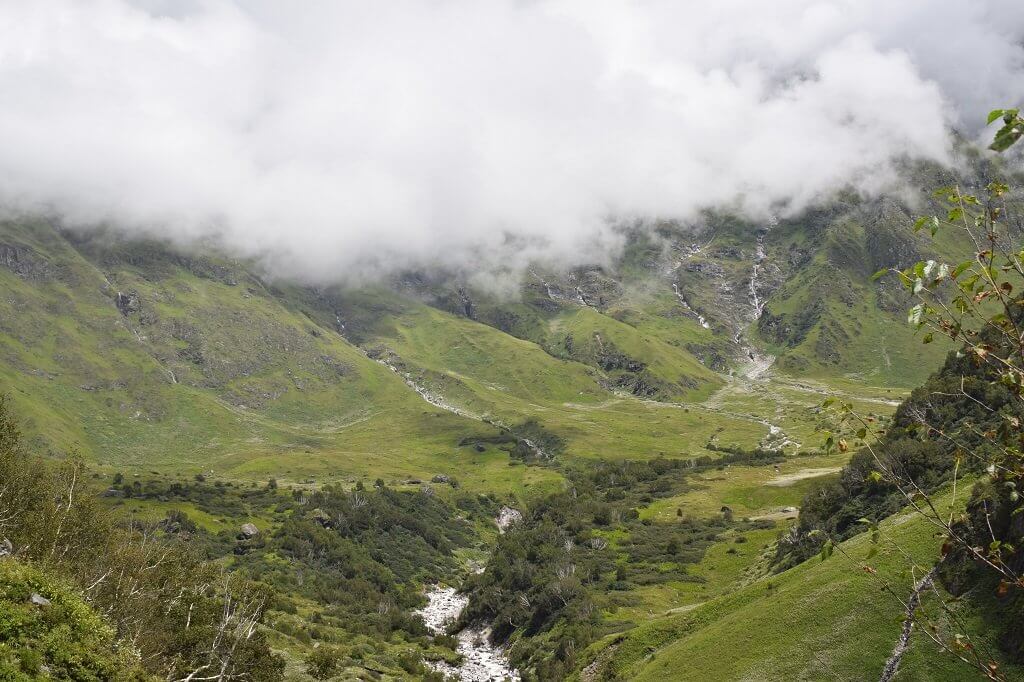
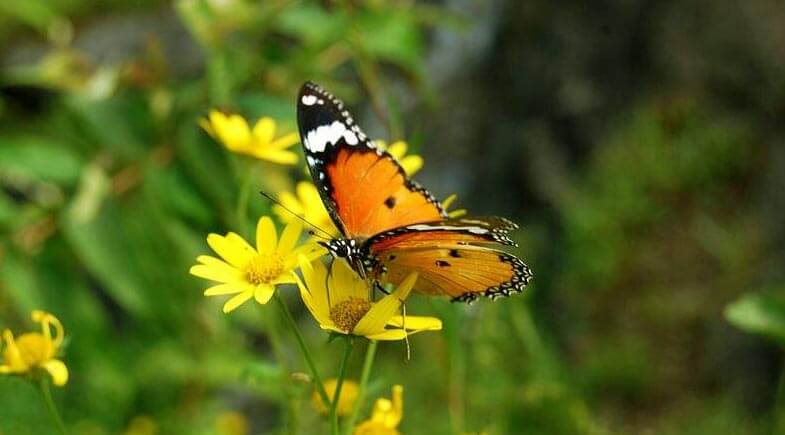
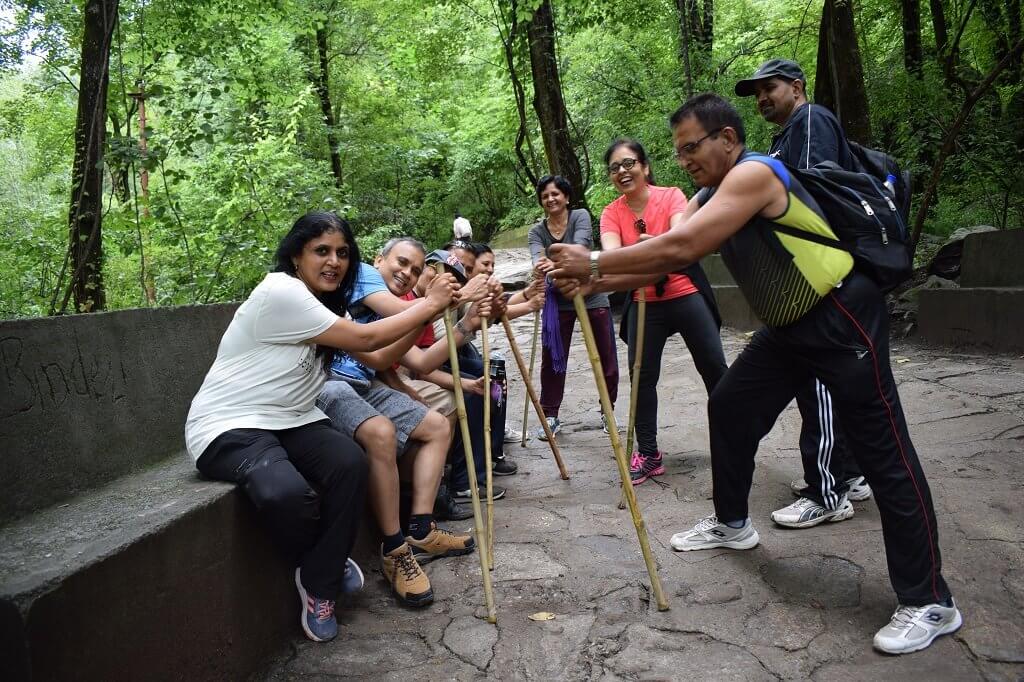
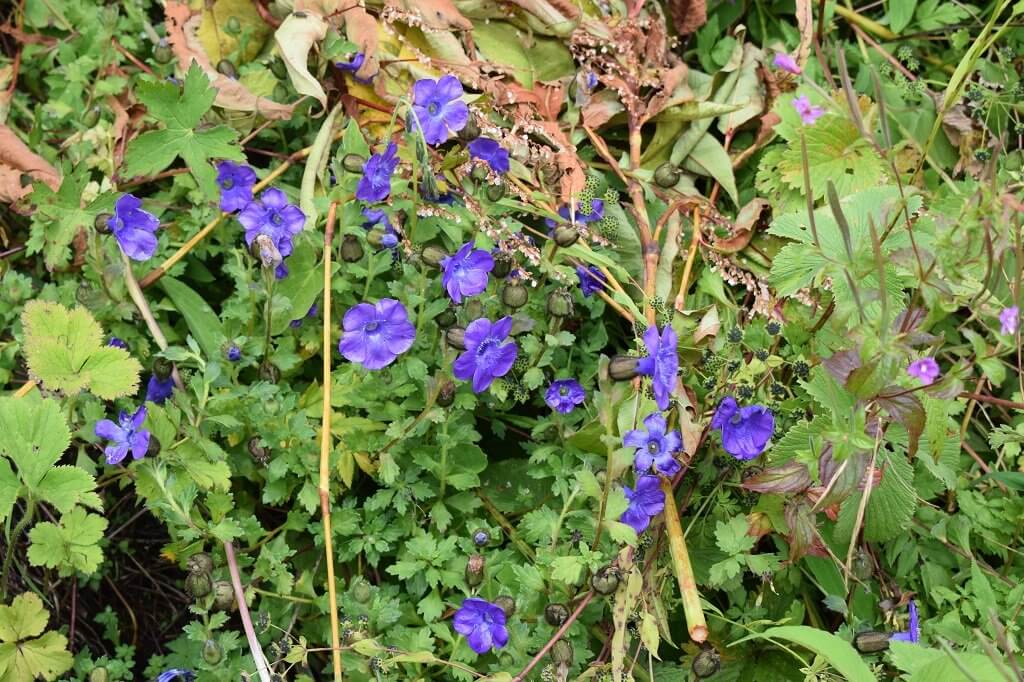
How To Reach Valley of flowers
By Road
From Rishikesh/Haridwar/Dehradun: Start your journey from any of these cities. Rishikesh and Haridwar are well-connected by road to major cities in North India.
The road journey usually takes around 9-10 hours from Rishikesh to Govindghat.
From Govindghat to Ghangaria: From Govindghat, you need to trek or take a pony ride to Ghangaria. It’s a moderate trek of about 14 kilometers. Alternatively, you can hire a helicopter service from Govindghat to Ghangaria.
By Train
Haridwar is the nearest major railway station to the Valley of Flowers. From Haridwar, you can proceed by road to Govindghat, following the route mentioned above.
By Air
The nearest airport to the Valley of Flowers is the Jolly Grant Airport in Dehradun. From the airport, you can hire a taxi or take a bus to reach Rishikesh/Haridwar. Follow the road route mentioned above from Rishikesh/Haridwar to Govindghat and then to Ghangaria.
Read More :- How to Reach Valley of flowers
Frequently Asked Questions Registrations
1. Where is the Valley of Flowers located?
The Valley of Flowers is situated in the Chamoli district of Uttarakhand, in the Garhwal region of the Indian Himalayas. It lies within the Nanda Devi Biosphere Reserve, which is a UNESCO World Heritage Site.
2. What is the best time to visit the Valley of Flowers?
- The best time to visit the Valley of Flowers is from mid-July to mid-August, when the flowers are in full bloom. This period offers the most vibrant and picturesque views of the valley. The park is usually closed to visitors during the winter months due to heavy snowfall.
3. Do I need a permit to visit the Valley of Flowers?
Yes, visitors need a permit to enter the Valley of Flowers National Park. Permits can be obtained from the Forest Department office in Joshimath or at the entry gate in Govindghat. Foreign nationals are also required to obtain an Inner Line Permit (ILP) or Restricted Area Permit (RAP) to visit the valley.
4. How do I reach the Valley of Flowers?
The nearest town to the Valley of Flowers is Joshimath, which is well-connected by road to major cities like Rishikesh and Haridwar. From Joshimath, you can reach Govindghat by road, and then trek to the Valley of Flowers. The trek from Govindghat to Ghangaria (the base camp for the valley) is about 13 kilometers and takes around 4-6 hours. From Ghangaria, it’s another 3-4 kilometers trek to the Valley of Flowers.
5. What should I pack for a trip to Valley Of Flowers?
- Warm clothing, especially if visiting during the winter months.
- Comfortable trekking shoes.
- Rain gear (if traveling during the monsoon season).
- Basic medical kit and personal medications.
- Essentials like sunscreen, sunglasses, and a hat.

